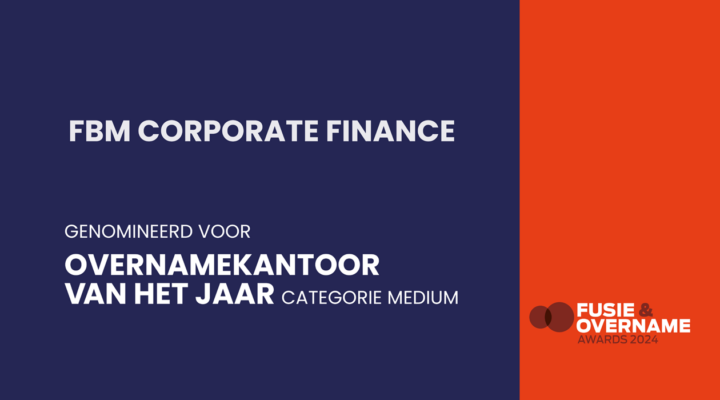In a business valuation based on the business approach, we look primarily at the financial value the business can generate. What is important here is which free cash flows can be realized over the longer term compared to the return versus the risk you want to realize on investment. Net profit is too limited a concept here, since new investments may have to be made regularly out of the profit to maintain profitability. On balance, little real return remains.
We therefore look at free money flows over the longer term. Because we are looking at money flows in the future, we must consider the time component. After all, money has a time value that can be expressed in terms of return and risk.
Suppose you can earn 10,000 Euros in 2 years with reasonable certainty, how much is that worth to you today? Suppose you value return and risk at 10% per year, then 10,000 in 2 years today is worth 10,000 / (1.1 x 1.1). So in this case, 8,264 Euros. Therefore, in the business approach, we impute future cash flows to today. We call this discounting future cash flows.
Discounted Cash Flow (DCF).
Contacting all free cash flows expected in the future is called the Discounted Cash Flow (DCF) method. The percentage we use to allocate cash flows to today is called the discount rate or cost of capital. The cost of capital must take into account the profitability requirement, the illiquidity premium and firm-specific risks. We discuss these briefly.
- The profitability requirement is the fee you require as an investor in the company for the risk you are taking. This profitability requirement is made up of the risk-free interest rate, the “unlevered beta” and a market premium. The risk-free interest rate is the interest rate you could have received if you had lent the money risk-free, such as through government bonds. The market premium is the premium (return) you demand for investing in stocks above the risk-free premium. And finally, the unlevered beta measures how a particular company’s return behaves relative to the market’s return.
- The illiquidity premium is related to locking your money in a company. After all, when you invest in a company, your investment is much less liquid than if you were to invest in shares quoted on the stock exchange; after all, you can liquidate these shares at any time when the stock exchange is open, at the then current market value of the share. You can make this disadvantage part of the valuation by making use of an illiquidity premium; thus, as a provider of equity capital, you demand a higher return for this specific risk.
- Company-specific risk refers to the premium you require as an investor for specific risks caused by the company’s dependence on certain specific factors, such as sales channels, employees and barriers to entry.
What the cost of capital looks like for your company is company-specific. Assessing and projecting future cash flows also listens closely. It is therefore wise to have a business valuation done by a certified ‘valuator‘. For example by one of the advisors of FBM Corporate Finance. For a good projection of cash flows, this advisor looks at the factors mentioned earlier in relation to, for example:
- The business model you are working with and to what extent that model is proven.
- The building, growth and stability of the customer base.
- Market developments within the industry in which the company operates.
- Company-specific and industry-specific risks faced.
- Investments to be made.
Contact our certified valuators for more information.
What is my business worth?
Many business owners have some idea of what their business should be worth. Often based on key figures circulating for the industry.
But in practice, time and again we find that a thorough business valuation leads to a quite different value. In this paper we distinguish the business approach and the market approach. We go into more detail about the various aspects involved.
Download
This form is subject to our privacy policy.







